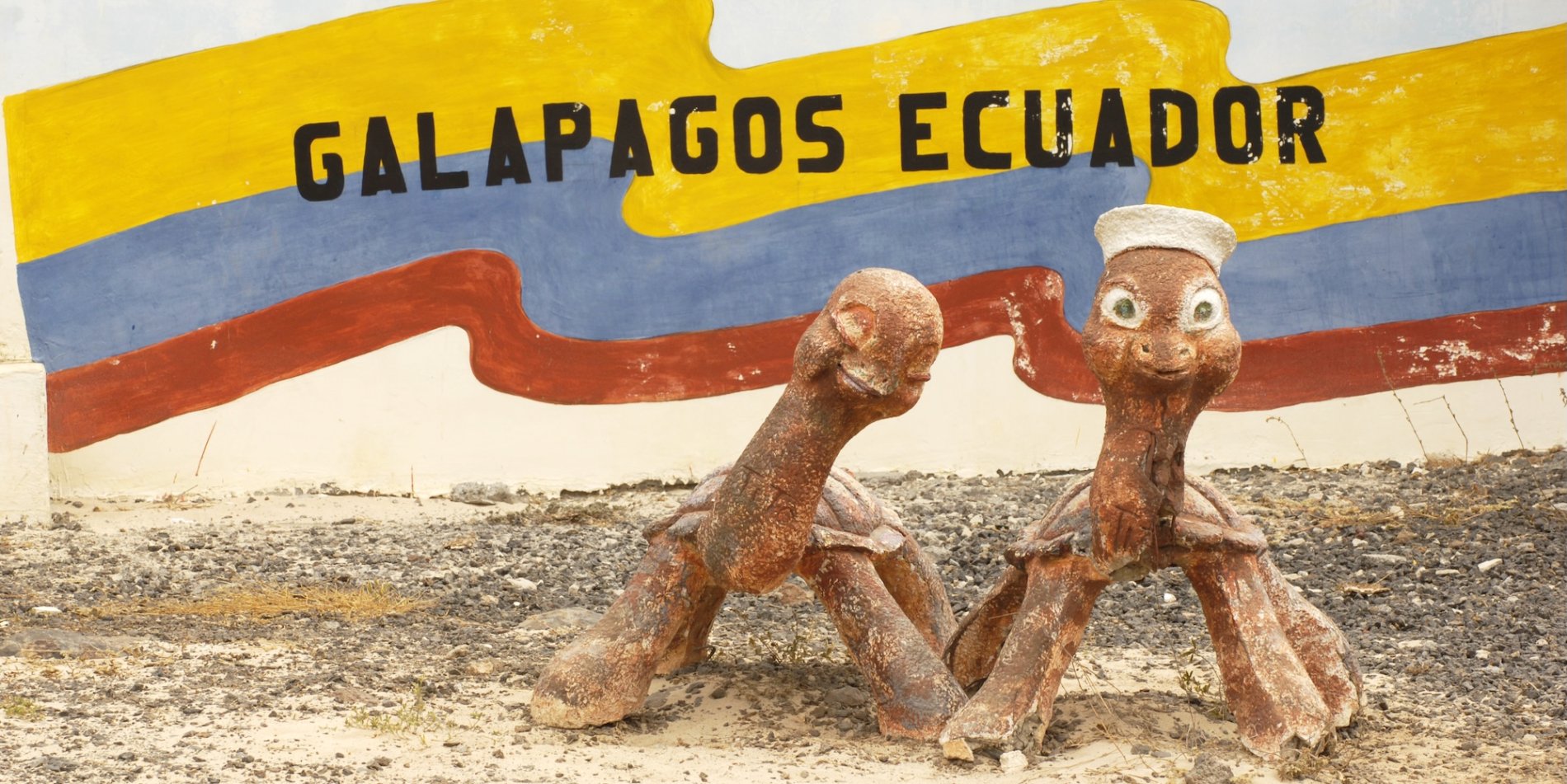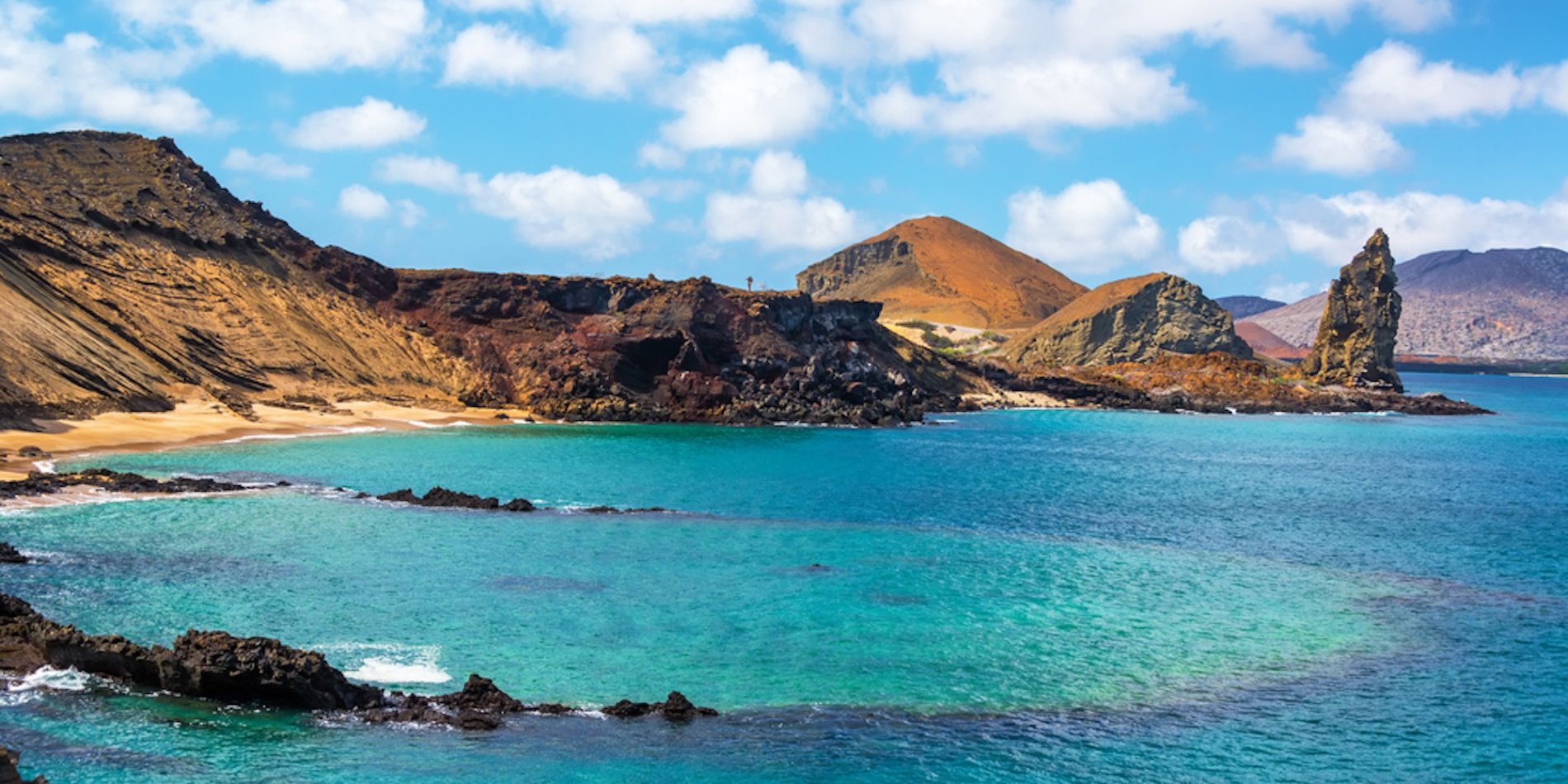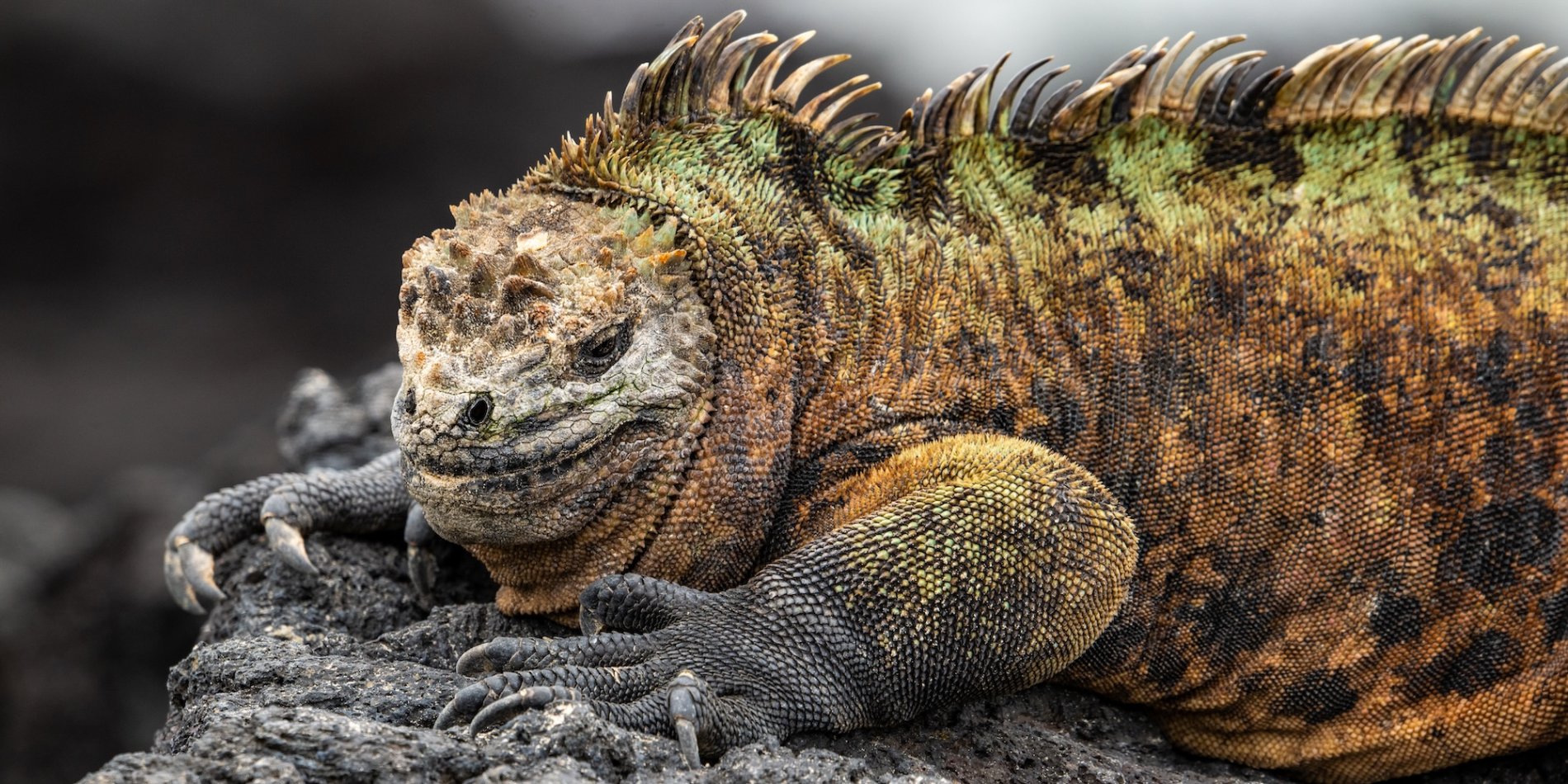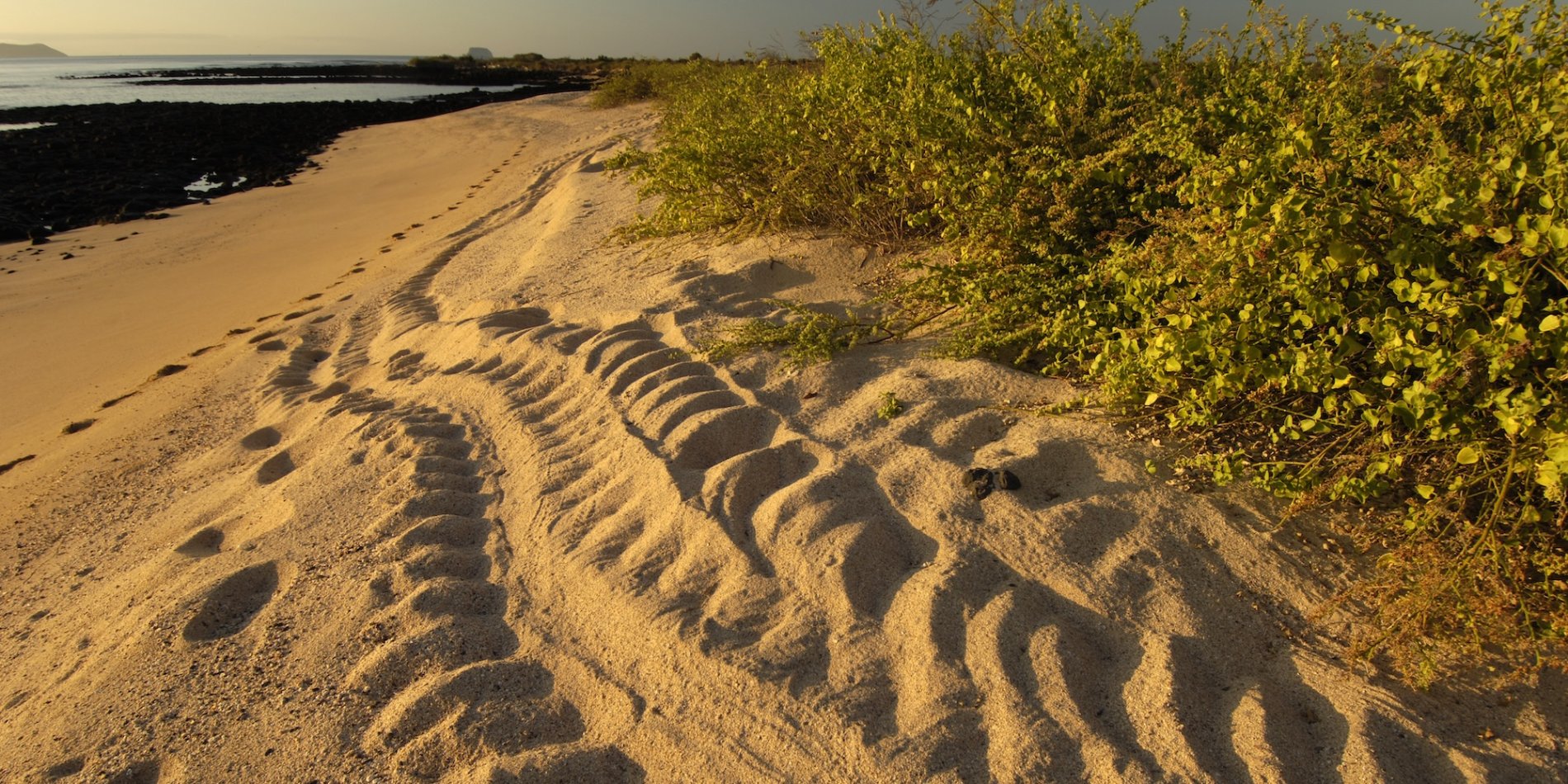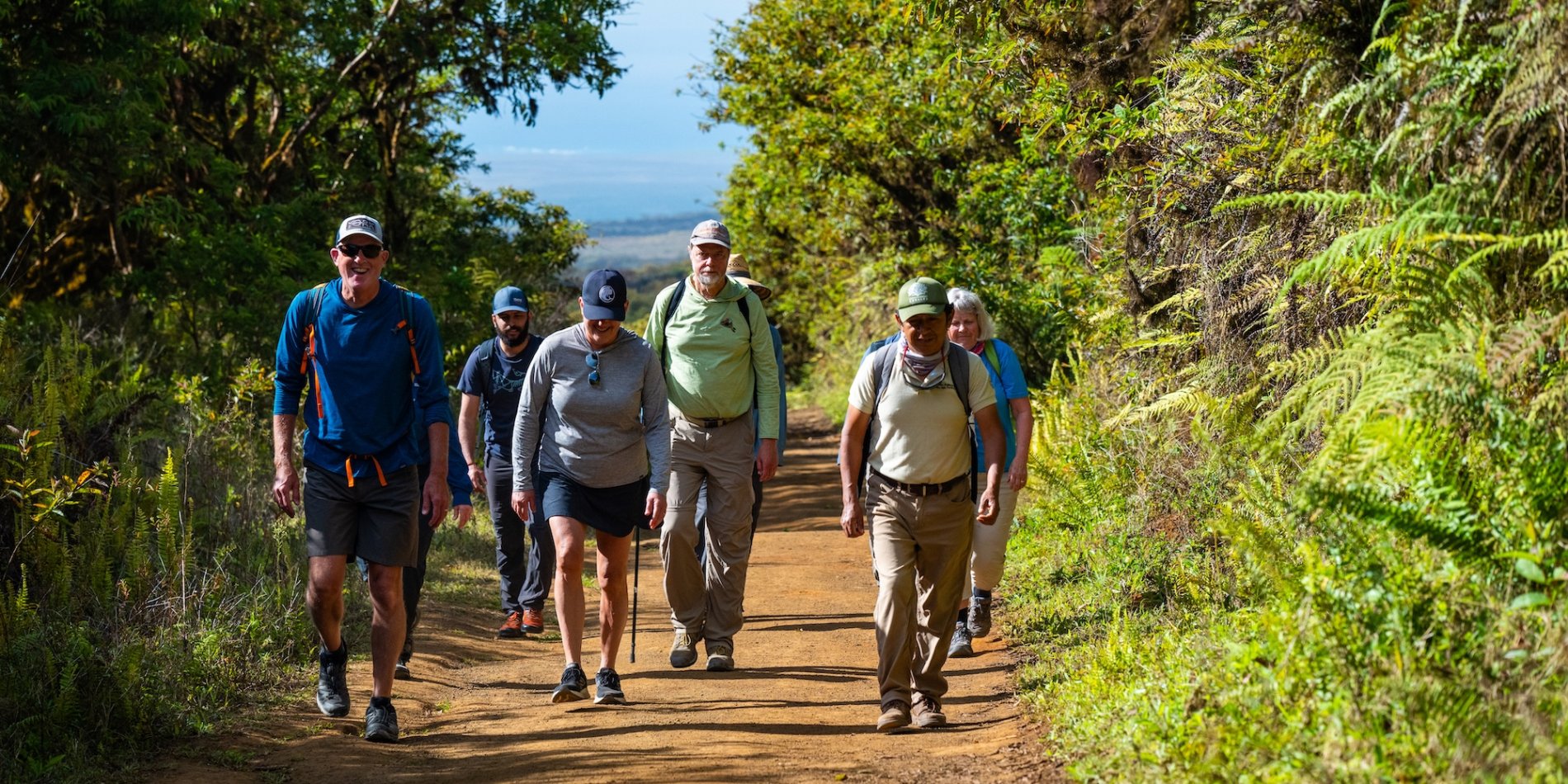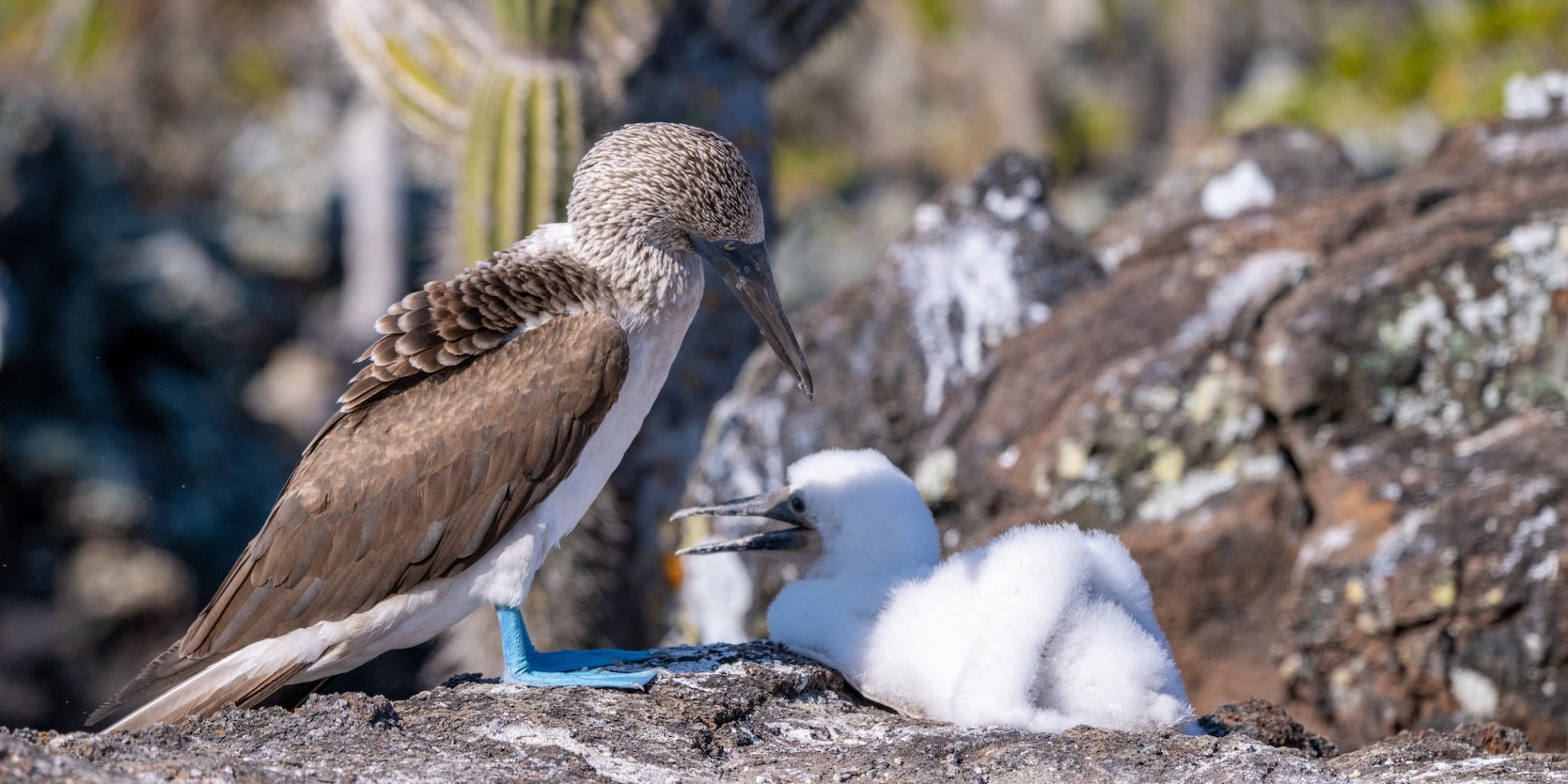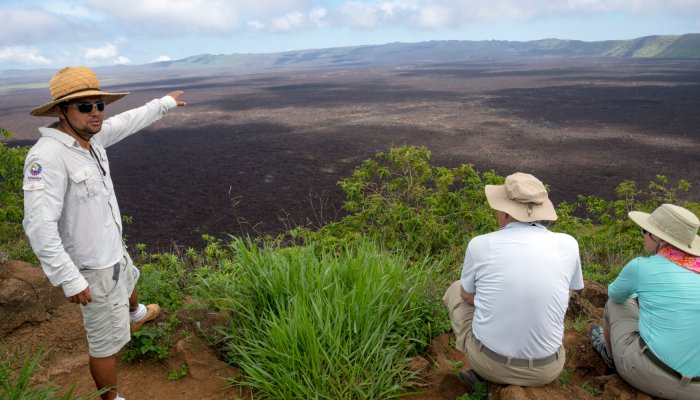Protecting the Galápagos Islands: Conservation and the Power of Responsible Travel
When travelers dream of visiting the Galápagos Islands, they’re often drawn in by the landscapes, biodiversity, and untouched beauty. But beyond the wildlife and volcanic wonders lies an important question: who actually owns and protects the Galápagos Islands?
It’s a question with an answer that is both simple and layered. Here’s a breakdown of who owns and protects the Galápagos.
Ownership That Comes with Responsibility
The Galápagos Islands are a part of Ecuador and have been since 1832. While they fall under Ecuadorian sovereignty, their protection is guided by strict environmental laws designed to keep the unique ecosystems safe. Most of the land on the Islands is set aside as protected parkland, with the surrounding waters being one of the world’s most expansive marine reserves.
Private land ownership is minimal and highly regulated, with residency and development carefully controlled to preserve ecological integrity. The islands are not just governed, they’re protected through conservation efforts that prioritize sustainability over exploitation.
Protected as a National Park and Marine Reserve
While the Galápagos Islands belong to Ecuador, 97% of the landmass in the islands is managed by the Galápagos National Park Directorate. This Ecuadorian government agency is dedicated to conservation, research, and sustainable tourism.
In addition to the land-based protections, the waters surrounding the islands are part of the Galápagos Marine Reserve, one of the largest and most biologically diverse marine reserves in the world. This marine reserve is also protected and regulated by Ecuadorian authorities with the support of conservationists.
Together, these designations ensure that the islands are stewarded for long-term preservation and public benefit. Park rangers, scientists, and community members work together year-round in their conservation efforts. From monitoring wildlife populations to educating visitors about minimizing human impact. Their efforts are essential to keeping the ecosystem intact.
UNESCO World Heritage Site
The international community also plays a role in the Galápagos’ protection. In 1978, the islands were recognized as a UNESCO World Heritage Site—one of the first ever designated. This status highlights their global ecological significance and supports conservation funding, international collaboration, and responsible tourism practices.
As a World Heritage Site, the Galápagos benefits from international help like increased conservation funding and a stronger framework for sustainable tourism. The status also holds Ecuador accountable for preserving the islands while encouraging scientists and conservationists to support long-term efforts.
In 2007, the islands were placed on the UNESCO World Heritage Danger list due to environmental pressures and over-tourism. This placement sparked the necessary conservation action, and in only three short years the Galápagos were removed from the danger list.
Some of the Challenges the Galápagos Face
Despite their remote location and protected status, the Galápagos Islands face a growing number of challenges. Invasive species, climate change, plastic pollution, and fishing pressures are among these threats. At the same time, growing tourism demand, population increases, and limited resources are putting added pressure on the environment and local communities. These challenges serve as a clear reminder of the importance of traveling thoughtfully and responsibly.
Invasive species pose a major threat to the fragile ecosystem of the Galápagos Islands. Over the years, humans have introduced animals like dogs, cats, and rats - predators that put native wildlife at serious risk. These species disrupt the natural balance and endanger the survival of animals unique to this area. Organizations like the Galápagos Conservation Trust are working hard to combat this issue, developing new methods to control and remove invasive species.
Climate change also poses a serious threat to the Galápagos Islands’ delicate ecosystem. Rising ocean temperatures slow the growth of seaweed and algae, vital food sources for native species. Meanwhile, more frequent El Niño events bring heavy rainfall and disrupt natural cycles, putting unique species at even greater risk. The Galápagos National Park Directorate helps monitor these changes and manage protected areas to lessen human impact.
Pollution is also becoming a major issue. Despite the islands’ remote location, the Galápagos Islands are not immune to the global crisis of plastic waste. Ocean currents carry debris from across the world, depositing it on the Galápagos shores. Sea turtles, birds, and other marine wildlife are affected by this pollution. Local cleanup efforts led by groups like Grupo Eco Cultural Organizado are helping, but global change is needed to stop the flow of plastic into the ocean. As one of the few operators offering beach camping in the Galápagos, we take the responsibility seriously and do our part to keep these wild beaches clean for future adventurers.
Fishing pressure just outside the marine reserve is also a growing concern. While the reserve offers strong protection within its boundaries, activity beyond them may be disrupting marine food chains and ecosystem health. Organizations like WildAid Marine support enforcement and sustainable fishing practices to help protect these vital waters.
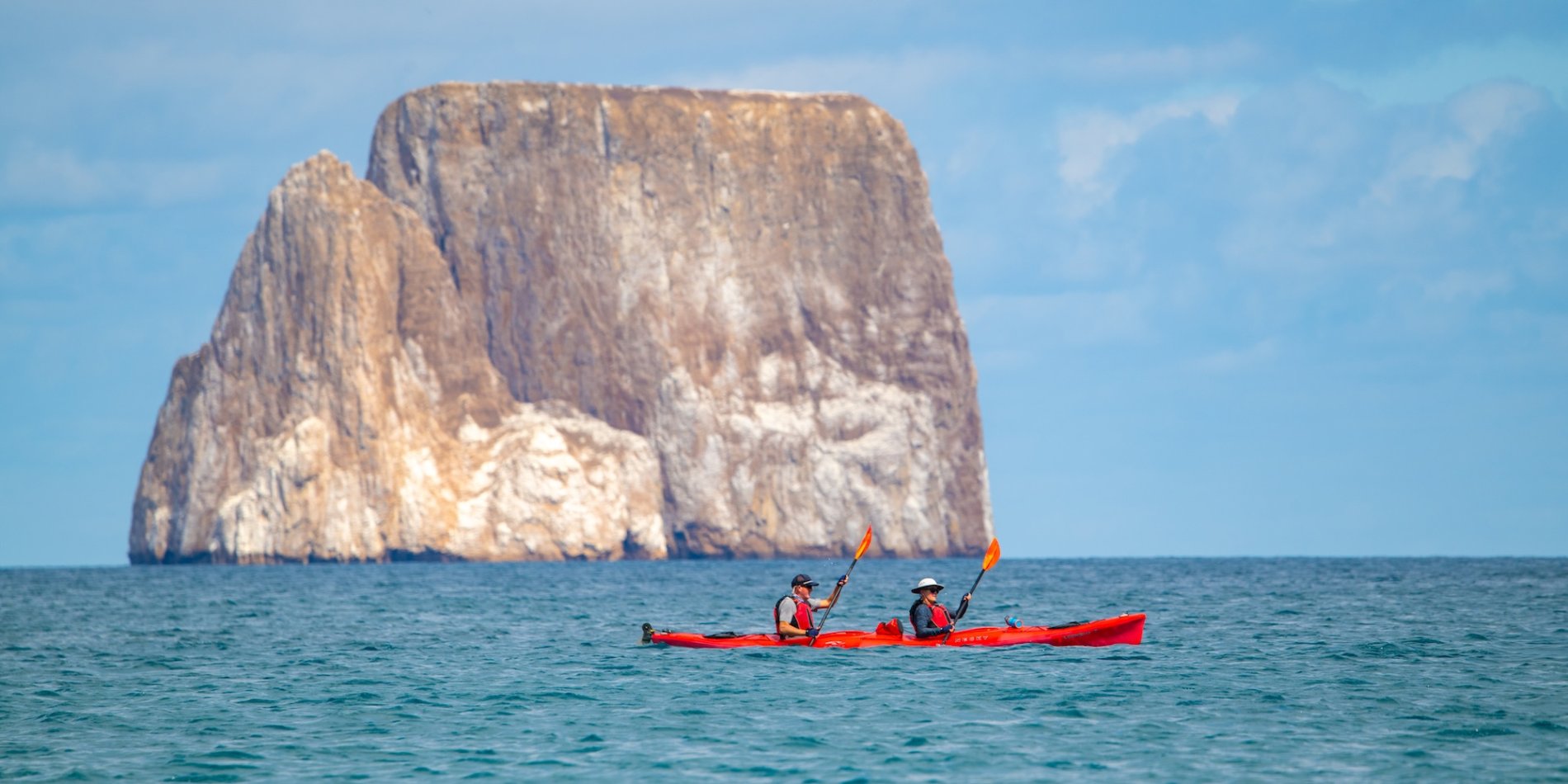
Thoughtful Travel in the Face of Overtourism
Tourism in the Galápagos fuels local economies and funds vital conservation, but it can also be overwhelming to the Islands and accelerate environmental decline. This is particularly concerning when driven by large-scale or high-impact operations. Conservation-focused groups like Island Conservation highlight the importance of minimizing our impact, a goal we can all support by choosing responsible ways to explore these fragile ecosystems.
Being mindful of the kind of travel experiences you choose matters. Large ship-based tours, for example, can contribute significantly to the pressures the islands face. Vessels carrying dozens or even hundreds of visitors at a time often leads to congestion at visitor sites, increased carbon emissions, and a greater strain on marine life and coastal habitats. While these cruises offer a certain level of convenience, they at times can limit the opportunity for authentic engagement with the local communities and the environment.
Our trips are intentionally designed to be small-group and human-powered, allowing us to minimize our footprint while fostering meaningful experiences. By partnering with local experts, supporting community-based lodging, and working with small businesses, we strive to support the people who call the Galápagos home. Through interpretive guidance that emphasizes education, respect, and connection, we aim to create experiences that go beyond sightseeing.
Thoughtful travel not only protects these extraordinary islands, but it deepens your understanding and inspires a sense of stewardship that lasts long after the journey ends.
Stewardship Through Community and Conservation
While the Galápagos Islands are governed by Ecuador, their future lies in the hands of all of us. Scientists, conservationists, ecotourism companies, travelers, and local residents all play a role in preserving this one-of-a-kind ecosystem.
At Adventure Unbound, we see travel as an opportunity to be a force for good when it’s approached with care and intention. That’s why we build our trips in collaboration with local partners and design them to leave a positive impact - both environmentally and educationally. Our goal is to create experiences that not only inspire travelers but also support the people who call the Galápagos home and help protect the extraordinary places we visit.
Responsible travel doesn’t just preserve nature, it uplifts communities. That’s the heart of sustainable stewardship, and it’s woven into every Galápagos journey we offer.
The Galápagos Are for Everyone To Protect
These islands are more than just a destination–they’re a living example of what’s possible when government, science, local communities, and travelers come together to work towards a common goal. Whether you’re planning a visit or following the story of these islands from afar, your awareness, advocacy, and choices can make a difference.


